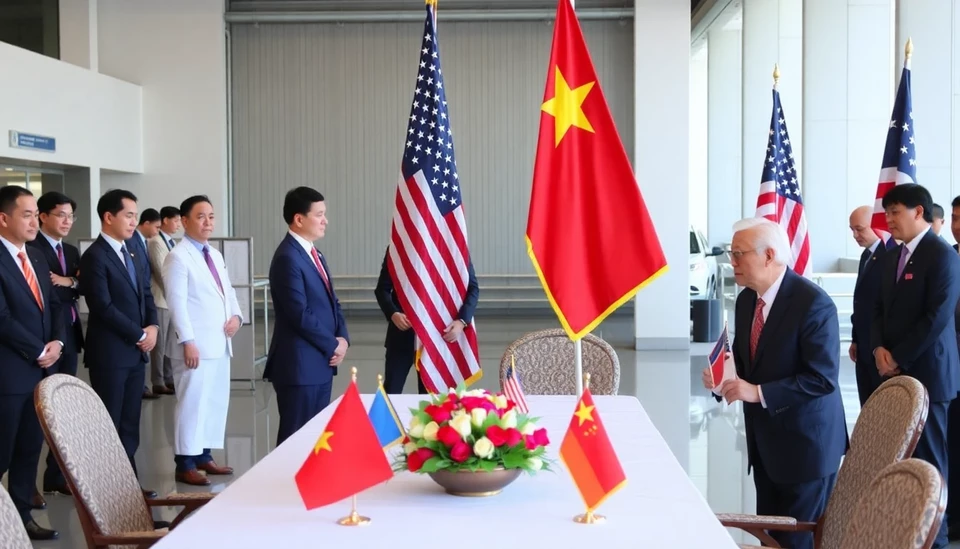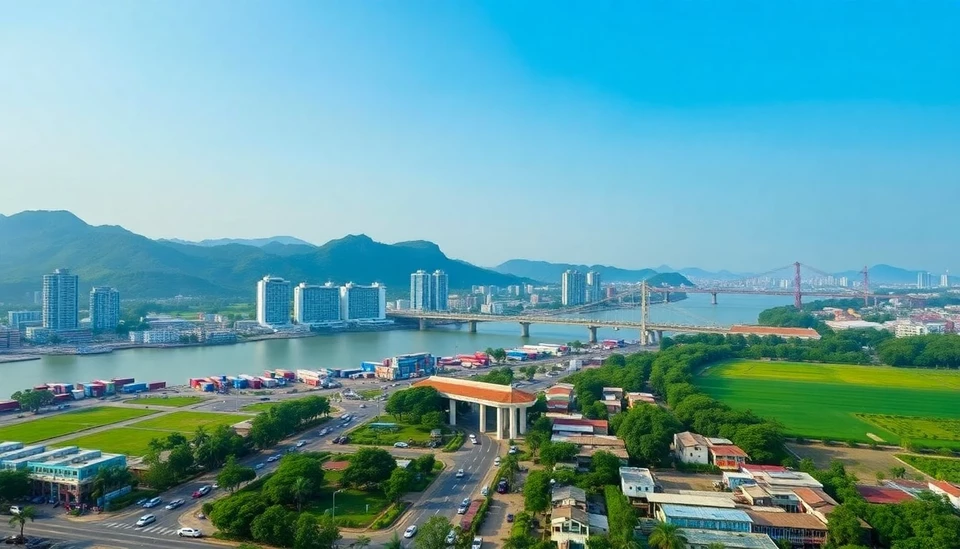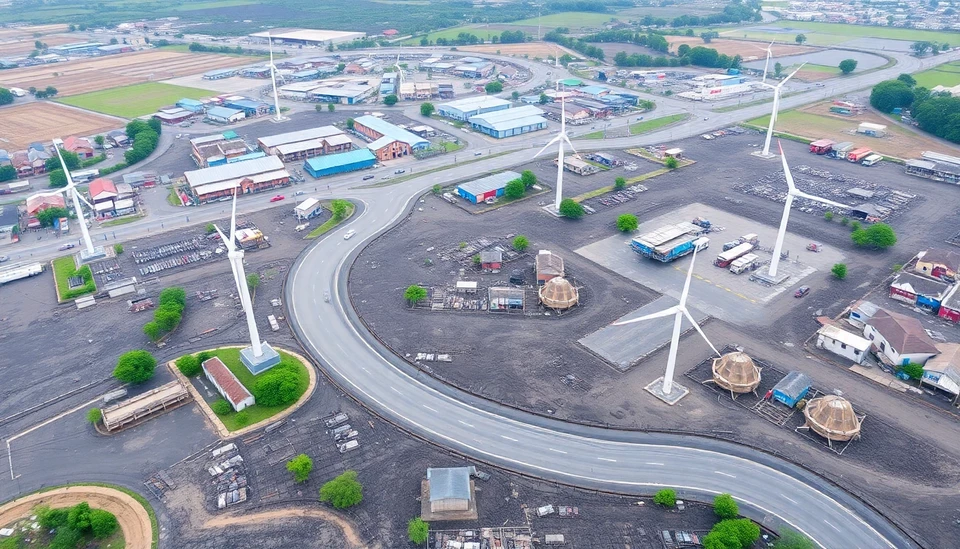
As tensions escalate in global trade due to ongoing geopolitical rifts, Vietnam’s economy, heavily reliant on its manufacturing sector, faces significant challenges. Once celebrated as a "mini-China" for its factory-based growth, the Southeast Asian nation now grapples with the consequences of shifting trade dynamics. The country, which has been a prime destination for companies seeking cheaper production alternatives, finds its competitive edge at risk due to factors beyond its control.
Vietnam's economic model has thrived on foreign direct investment (FDI), primarily from Western nations looking to diversify production away from China. This influx of investment has turned Vietnam into a manufacturing powerhouse, producing everything from electronics to textiles. However, with the imposition of tariffs, trade restrictions, and an increasingly unpredictable global economic environment, the attractiveness of Vietnam’s manufacturing landscape is in jeopardy.
Industry experts warn of a potential decline in investment as multinational corporations reassess their supply chains. Companies are beginning to look beyond Vietnam, eyeing other countries in Southeast Asia that may offer less geopolitical risk. For instance, nations such as Bangladesh and India are increasingly becoming appealing alternatives for manufacturing, posing a direct threat to Vietnam’s status as a leading production hub.
The Vietnamese government is aware of this precarious situation and is actively seeking ways to mitigate the impacts of a global trade war. Policy reforms aimed at enhancing the business environment, improving infrastructure, and boosting innovation are high on the agenda. However, the effectiveness of these measures in sustaining economic growth remains to be seen, especially in an era where many businesses are prioritizing agility and resilience over cost alone.
In addition, the increased cost of raw materials and the logistical bottlenecks caused by the pandemic further complicate the scenario. Vietnamese manufacturers are facing higher production costs which, without a corresponding increase in productivity, may erode profit margins and deter new investments. As manufacturers weigh their options, the need for government support becomes paramount – especially in areas of technology transfer and workforce upskilling.
Moreover, the Vietnamese economy is still grappling with the outputs of the global supply chain disruptions witnessed in the last few years. While the government's efforts to integrate more deeply into regional supply chains through trade agreements could potentially provide leverage, the success of these initiatives will depend heavily on how well Vietnam can adapt to the shifting tides of global commerce.
The future of Vietnam's economy now hinges not only on domestic policy adjustments but also on external factors such as the nature of U.S.-China relations and the overall stability of international trade agreements. Countries that seem politically insulated may inadvertently draw investment away from Vietnam, making it imperative for the nation to consider innovative strategies if it wants to maintain its growth trajectory.
As Vietnam stands at this critical crossroads, observers will be watching closely to see how its government navigates these tumultuous waters. The ability to pivot quickly and effectively could mean the difference between being a leader in manufacturing or losing ground to rivals on the global stage.
#Vietnam #GlobalTrade #Manufacturing #EconomicGrowth #FDI #SupplyChain #Geopolitics #TradeWar
Author: Laura Mitchell




